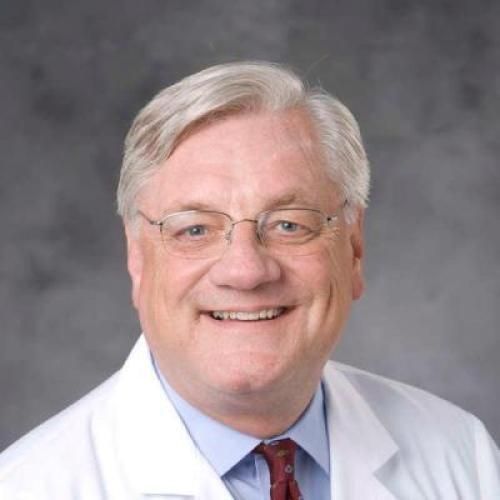
The clinical course of pulmonary embolism.
BACKGROUND: Pulmonary embolism is a potentially fatal disorder. Information about the outcome of clinically recognized pulmonary embolism is sparse, particularly given that new treatments for more seriously ill patients are now available. METHODS: We prospectively followed 399 patients with pulmonary embolism diagnosed by lung scanning and pulmonary angiography, who were enrolled in a multicenter diagnostic trial. We reviewed all hospitalizations, all new investigations of pulmonary embolism, and all deaths among the patients within one year of diagnosis. RESULTS: Of the 399 patients, 375 (94 percent) received treatment for pulmonary embolism, usually conventional anticoagulation. Only 10 patients (2.5 percent) died of pulmonary embolism; 9 of them had clinically suspected recurrent pulmonary embolism. Clinically apparent pulmonary embolism recurred in 33 patients (8.3 percent), of whom 45 percent died during follow-up. Ninety-five patients with pulmonary embolism (23.8 percent) died within one year. The conditions associated with these deaths were cancer (relative risk, 3.8; 95 percent confidence interval, 2.3 to 6.4), left-sided congestive heart failure (relative risk, 2.7; 95 percent confidence interval, 1.5 to 4.6), and chronic lung disease (relative risk, 2.2; 95 percent confidence interval, 1.2 to 4.0). The most frequent causes of death in patients with pulmonary embolism were cancer (in 34.7 percent), infection (22.1 percent), and cardiac disease (16.8 percent). CONCLUSIONS: When properly diagnosed and treated, clinically apparent pulmonary embolism was an uncommon cause of death, and it recurred in only a small minority of patients. Most deaths were due to underlying diseases. Patients with pulmonary embolism who had cancer, congestive heart failure, or chronic lung disease had a higher risk of dying within one year than did other patients with pulmonary embolism.
Duke Scholars
Altmetric Attention Stats
Dimensions Citation Stats
Published In
DOI
ISSN
Publication Date
Volume
Issue
Start / End Page
Location
Related Subject Headings
- Recurrence
- Pulmonary Embolism
- Prospective Studies
- Neoplasms
- Middle Aged
- Male
- Lung Diseases
- Humans
- Heart Failure
- General & Internal Medicine
Citation

Published In
DOI
ISSN
Publication Date
Volume
Issue
Start / End Page
Location
Related Subject Headings
- Recurrence
- Pulmonary Embolism
- Prospective Studies
- Neoplasms
- Middle Aged
- Male
- Lung Diseases
- Humans
- Heart Failure
- General & Internal Medicine

